- Home
- slideshows
- miscellaneous
- Delta says it will spend $1 billion to be carbon neutral, the latest airline announcing a radical shift to make flying less destructive
Delta says it will spend $1 billion to be carbon neutral, the latest airline announcing a radical shift to make flying less destructive
In 2018, the International Council on Clean Transportation reported that commercial aviation operations including airline flights accounted for 2% of the world's carbon dioxide emissions that stemmed from utilizing fossil fuels.

Delta Air Lines announced that it aims to be carbon neutral in the next 10 years with a $1 billion investment in reducing and offsetting emissions.
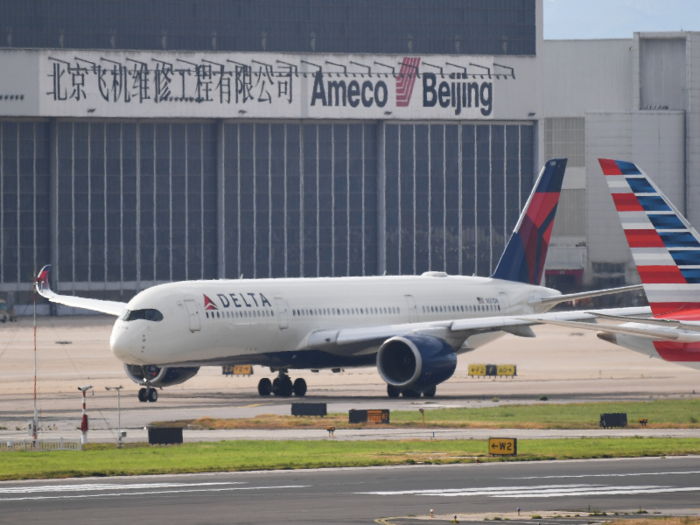
Starting in March, the airline will commit an average of $100 million per year over the next decade to doing its part in environmental protection. Already ranked as the top airline for sustainability by Barrons, according to a company press release, Delta is doubling down through various initiatives centered around driving new technologies and innovations in the environmental sector.
One way Delta promised to help reduce its carbon footprint is through a fleet renewal program that will see it take on more fuel-efficient aircraft, with the airline stating in a press release that 98% of its emissions come from its aircraft. Among those that will be more prominent in Delta's fleet are the Airbus A350-900 XWB, A330-900neo, and A220, all of which are currently in service with Delta today.
The focus won't only be on the skies, however, as Delta will also be investing in ways of lowering its footprint on the ground by working with businesses in its supply chain to similarly become more eco-friendly.
American low-cost carrier JetBlue Airways also took its environmental commitment a step further earlier this year when it announced recently that it would be going green but offsetting the emissions from all of its domestic flights.
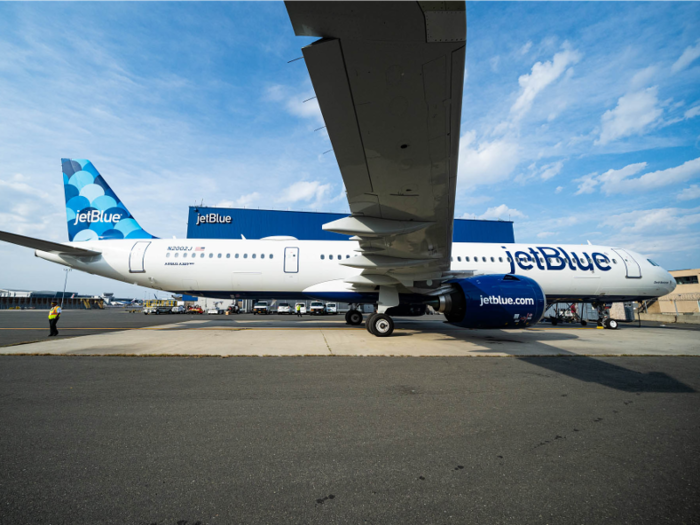
Working with organizations such as Carbonfund.org that help offset emissions, JetBlue has already offset almost 3 billion pounds of CO2 emissions, according to a company press release, and planes to bring that number up to as much as 20 billion pounds.
As part of a fleet renewal, the airline is also acquiring Airbus A321neo, Airbus A321neoLR, and Airbus A220 aircraft that will offer greater fuel savings compared to its current generation fleet. Its longest route, New York-Guayaquil, is currently operated by the Airbus A321neo in a high density, all-economy configuration.
In Scandinavia, where the flight shame movement began, Scandinavian Airlines is also altering its business model to reduce its environmental impact.
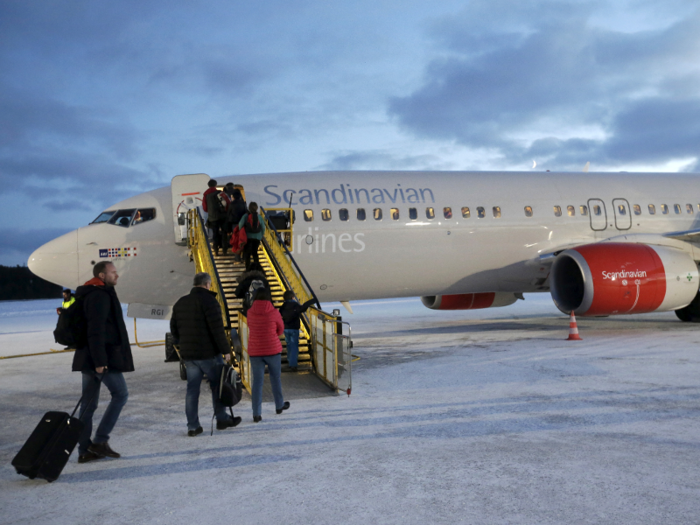
The airline announced that it is seeking to cut 25% of its emissions by 2030, according to the Associated Press, and would be making adjustments to its operation to do so. Among the ways the airline has been doing so is by cutting the sale of duty-free items onboard its aircraft to lower their weight and by purchasing new fuel-efficient aircraft.
Scandinavian Airlines' most recent purchase included an order for the Airbus A350-900 XWB to replace its aging Airbus A340 quad engine aircraft and Airbus A320neo to complement its narrowbody fleet. The use of electric aircraft is also being considered.
Another milestone in its sustainability goals is to have intra-Scandinavian flights fueled by biofuels, which are an emerging alternative to jet fuel. Most airlines that use biofuels, however, are restricted in terms of how many flights they can provide biofuel for due to its limited availability.
Aircraft manufacturers are making aircraft more efficient and airlines are gobbling them up.
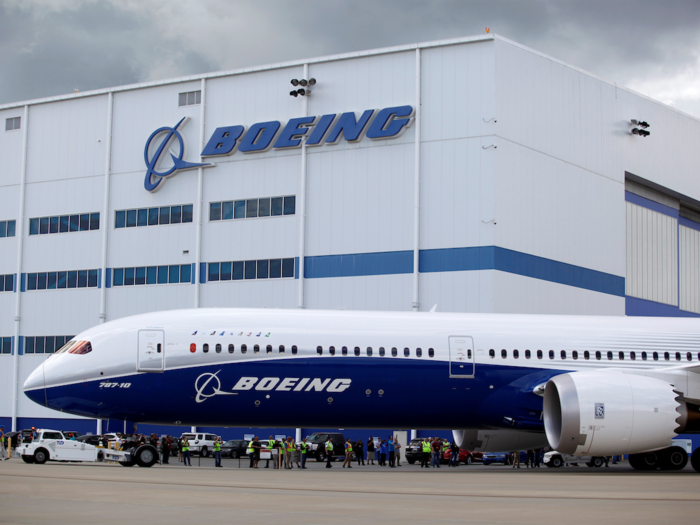
The plane that largely started the trend of next-generation aircraft that used modern technology to aid in fuel efficiency was the Boeing 787 Dreamliner. The twin-engine aircraft offered better fuel efficiency by 20% compared to previous generation aircraft, Boeing touted, enabling airlines to fly further while using less fuel.
The fuel-efficient widebody trend continued in Europe with Airbus debuting the Airbus A350 XWB, which boasted similar numbers of fuel efficiency and was largely acquired by the same airlines that bought the Dreamliner.
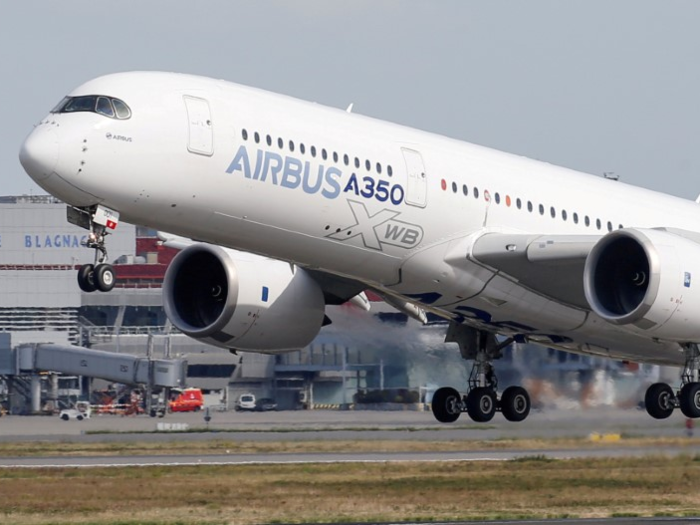
Airlines such as British Airways, LATAM Airlines, and Virgin Atlantic Airways now operate the aircraft types side by side on long-haul routes where their performance is enhanced. Both are also very well represented on the top ten list of the longest flights in the world, with the Airbus A350 XWB just narrowly beating the Boeing 787 Dreamliner in terms of the number of longest routes served.
The Airbus A350-900 XWB can also be seen operating the world's longest flight between Singapore and Newark on Singapore Airlines.
Airbus then took a look at its existing aircraft to see if they could be made more efficient.
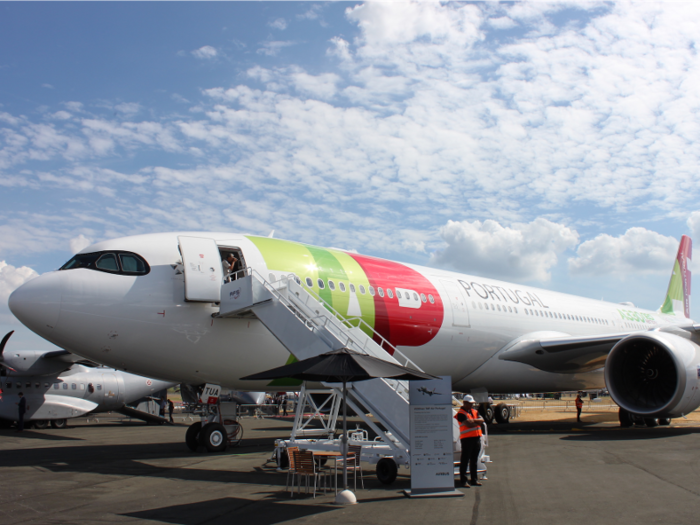
Airbus chose to refit its popular widebody aircraft, the Airbus A330 family, with new, modern engines and redesigned aerodynamic features to make the aircraft more efficient. The first of its kind, the Airbus A330-900neo, first flew with TAP Air Portugal when it took delivery of the aircraft in November 2018.
While airlines have been slower to purchase than the Airbus A350 XWB, notable purchasers include Delta Air Lines and Virgin Atlantic Airways that plan to use the aircraft to supplement current aging A330 aircraft in their fleets.
Widebodies weren't the only category of aircraft to ride the wave of fuel efficiency as manufacturers came up with ways of making existing narrowbody aircraft more environmentally friendly.
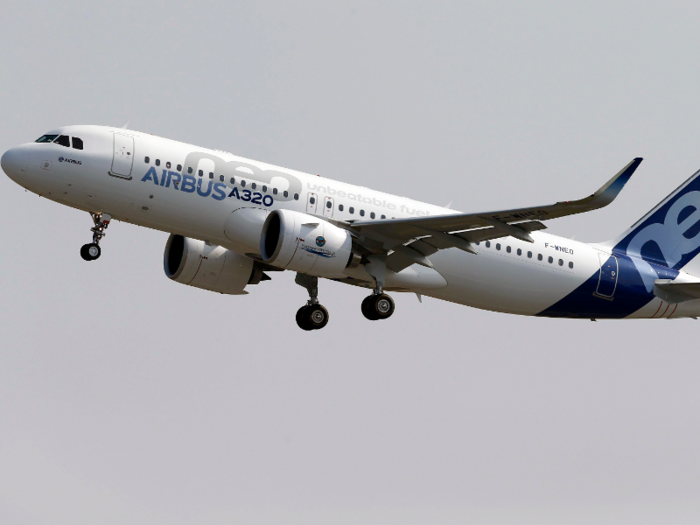
Airbus spearheaded the charge with its Airbus A320neo family of aircraft that saw new engines and aerodynamic-enhancing features that reduced overall fuel consumption. Airlines have eyed the Airbus A321neo, the largest variant in the family, to replace the notoriously gas-guzzling Boeing 757.
The big three US carriers - Delta, American and United - have all placed orders for variants of the A321neo, in part, to replace their Boeing 757s.
Boeing soon followed with the Boeing 737 Max program, which added similarly fuel-efficient engines and aerodynamic features onto what was largely the same airframe as its existing Boeing 737 Next Generation product line.
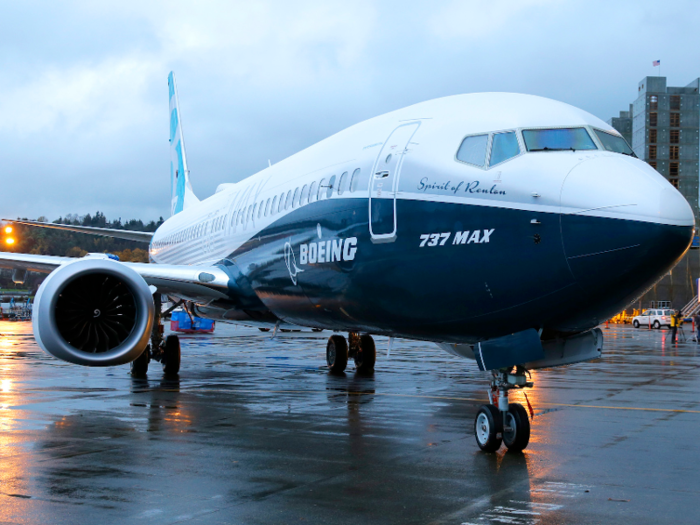
Existing users of the Boeing 737 were thrilled with the new fuel efficiency that the aircraft would offer, especially because the planes could fly on longer routes. Norwegian Air had used the aircraft to operate transatlantic flights to secondary destinations in the US and Europe which wouldn't have been profitable without the aircraft.
The Max project, while living up to its promise of fuel efficiency, was largely detrimental to airlines following two fatal crashes attributed to one of the aircraft's systems that grounded the aircraft worldwide to this day.
Regional aircraft producers also took part in the trend with both creating next-generation aircraft of their own that offered airlines greater fuel efficiency.
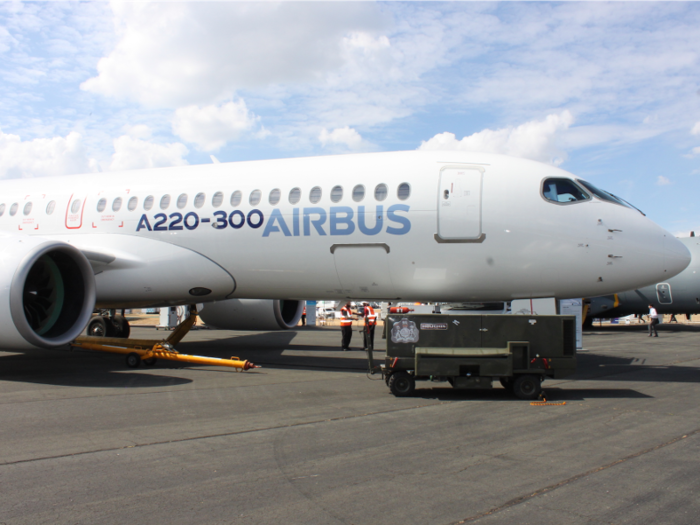
The Western Hemisphere saw the most action on this front with Canada's Bombardier and Brazil's Embraer both working on next-generation aircraft products of their own. While Airbus and Boeing were focused on the medium-haul aircraft market with their new aircraft, Bombardier and Embraer were focused on the sub-150 seat market that hadn't yet been touched by the new wave of next-generation aircraft.
The result was the Bombardier C Series - later Airbus A220 - and Embraer E190-E2, both offering greater degrees of efficiency.
With the flood of new fuel-efficient aircraft flooding the scene, airlines had to make room for them somehow and made their fleets leaner as a result.
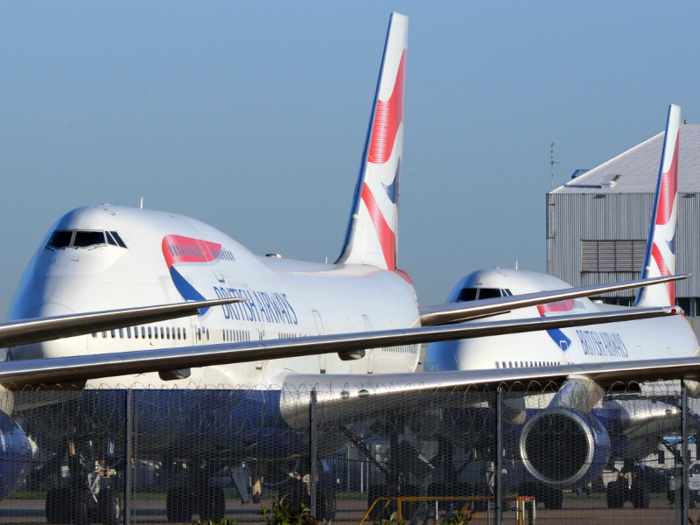
Among those first to be retired were the quad engine aircraft that were some of the most inefficient such as the Boeing 747 and Airbus A380. More engines meant more fuel burn and with the new next-generation twin-engine aircraft offering comparable ranges, they quickly became obsolete.
Current operators of both types are slowly retiring them from their fleets. Qantas Airways, for example, which has operated Boeing 747 aircraft for around 50 years, now uses the Boeing 787-9 Dreamliner for most of its ultra-long-haul routes, though it still does operate the Airbus A380 on routes that require the capacity.
In the age of next-generation twin-engine aircraft, four-engine, double-decker aircraft have proved to be not needed by the world's airlines.
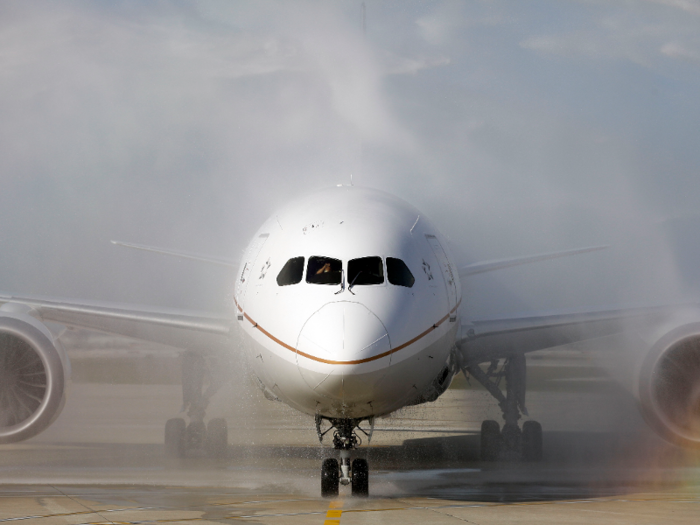
Gone are the days when those behemoth, gas-guzzling aircraft were desired by airlines. As younger, modern aircraft offer airlines better fuel performance than those that are aging, the skies will become cleaner as newer aircraft become commonplace.
When it comes to reducing aviation's footprint, airlines and environmentalists largely have the same goals, bringing emissions down.
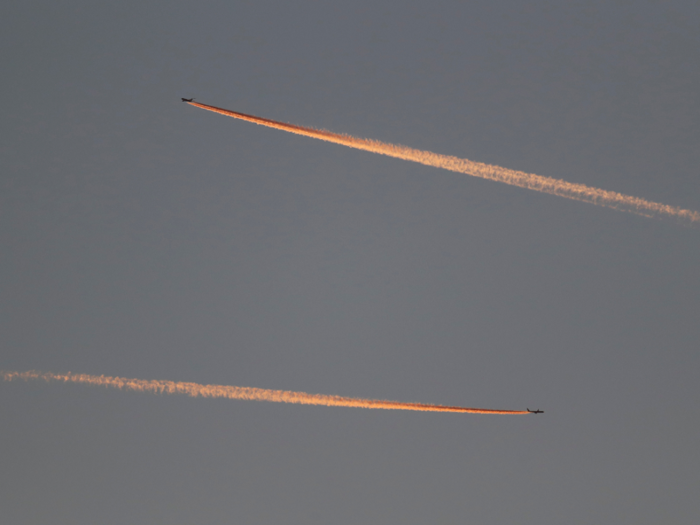
The means and reasoning by which both are going about doing so, however, differ greatly.
With more flights expected to be taking off in future years, the world is certainly better off with these aircraft in the skies than the inefficient fuel hogs that once did.
Popular Right Now
Popular Keywords
Advertisement